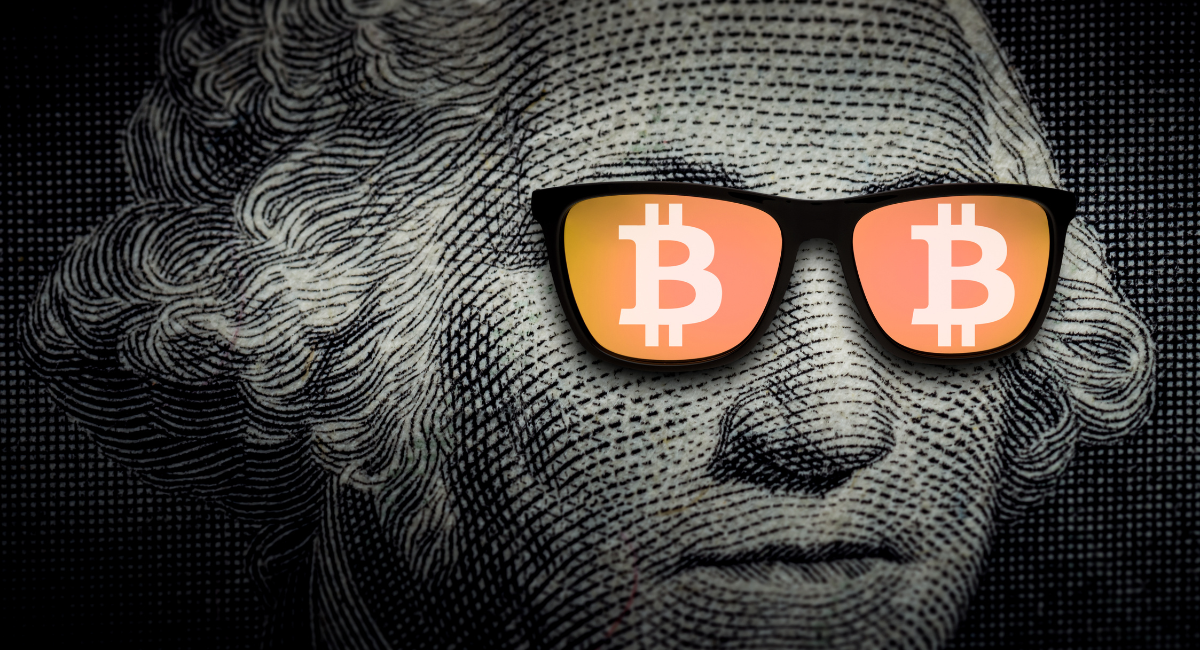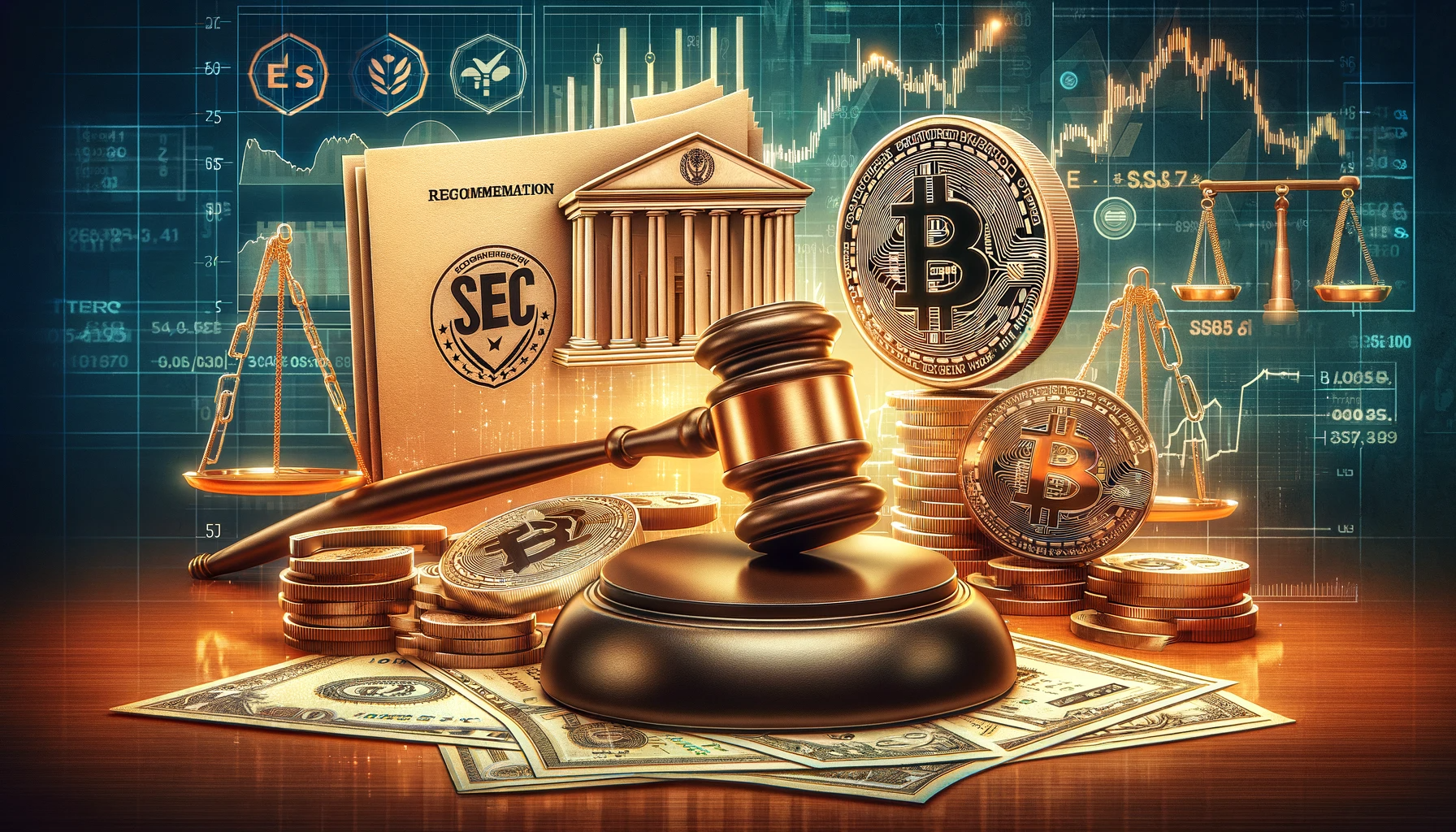Blockchain
Layer 2 Protocol: Revolutionizing the Blockchain Industry’s DeFi Ecosystem

The evolution of technology is inherently tied to the ever-changing demands and requirements of its users. From landline phones to cell phones and now smartphones, consumer needs have shaped the trajectory of technological advancement. The blockchain industry is no exception, and the development of Layer 2 (L2) protocols is a testament to this dynamic interplay between innovation and user demands. In particular, the DeFi (Decentralized Finance) ecosystem has been significantly transformed by the integration of Layer 2 network solutions, offering improved scalability, reduced transaction costs, and empowerment for both users and brokers.
Understanding Layer 2 Network Solutions
Layer 2 network solutions, also known as secondary frameworks or protocols, are built on top of primary blockchain networks (Layer 1). These solutions aim to enhance the scalability and efficiency of blockchain networks while maintaining the security and decentralization of Layer 1. By processing specific transactions or computations off-chain, Layer 2 solutions alleviate the limitations of Layer 1 blockchains, such as slow transaction processing and high costs.
Revolutionary Impacts of Layer 2 Solutions
- Enhanced Scalability and Reduced Costs: One of the primary goals of Layer 2 solutions is to address the limitations of Layer 1 blockchains, including slow transaction processing and high costs. By shifting certain transactions off-chain, Layer 2 solutions significantly increase throughput and reduce transaction costs. This improvement in scalability and cost-efficiency benefits both users and the broader blockchain ecosystem.
- Accessible DeFi Ecosystem: Layer 2 solutions have a profound impact on the DeFi ecosystem by enabling brokers to offer users a more cost-effective and accessible trading experience. Users can actively participate in DeFi protocols without being deterred by exorbitant costs or long confirmation times. Layer 2 solutions have democratized access to DeFi, making it more inclusive and user-friendly.
Also Read: India’s Upcoming Crypto Regulations: A Global Framework for Web3 Responsibility and Growth
Exploring Different Types of Layer 2 Solutions
To better understand the transformative potential of Layer 2 solutions, let’s explore four different types:
- State Channels: State channels allow participants to conduct a series of off-chain transactions, with only the initial and final states recorded on the Layer 1 blockchain. This minimizes on-chain transactions, significantly enhancing scalability.
- Sidechains: Sidechains are independent blockchains that can interact with the main Layer 1 blockchain. They provide users with the capability to perform transactions and execute smart contracts on the sidechain, alleviating the load on the Layer 1 blockchain.
- Plasma: Plasma is a Layer 2 solution that accelerates transaction processing by aggregating multiple transactions into a single batch before submitting the result to the main chain for verification. It creates a hierarchical child chain attached to the parent chain (main chain).
- Rollups: Rollups are Layer 2 constructions that bundle multiple transactions and submit a summarized version to the parent chain. There are two main categories:
a. Optimistic Rollups (OR): OR solutions encourage users to execute smart contracts off-chain, with security guaranteed by Ethereum Layer 1. However, they impose a verification challenge period before users can withdraw funds to the Ethereum main chain.
b. Zero Knowledge Rollups (ZK-Rollups): ZK-Rollups leverage Zero Knowledge Proofs (ZK Proofs) to verify the validity of a large number of transactions in a batch, posting minimal summary data to the parent chain. ZK Proofs allow one party to prove a statement’s truth to another party without revealing sensitive information.
Conclusion
Layer 2 protocols are revolutionizing the blockchain industry, particularly within the DeFi ecosystem. These solutions address the scalability and cost-efficiency challenges of Layer 1 blockchains, making blockchain technology more accessible and user-friendly. As various types of Layer 2 solutions continue to develop and gain adoption, they pave the way for a more inclusive and efficient blockchain ecosystem. This dynamic evolution highlights the industry’s responsiveness to user demands, ultimately shaping the future of blockchain technology.
Blockchain
US GAO Issues Key Recommendations to SEC Prior to Historic Spot Bitcoin ETF Approval
Blockchain
Bitcoin ETFs Witness Surge in Trading Activity as SEC Approves 11 Products

In a significant development for the cryptocurrency industry, the U.S. Securities and Exchange Commission (SEC) recently approved 11 spot Bitcoin exchange-traded funds (ETFs). This approval comes after a decade-long struggle between regulators and the digital asset industry, marking a watershed moment for the acceptance of digital assets as mainstream investments. Among the approved ETFs are BlackRock’s iShares Bitcoin Trust, Grayscale Bitcoin Trust, and ARK 21Shares Bitcoin ETF.
Unprecedented Inflows:
On the first day of trading, these ETFs saw impressive activity, with $4.6 billion worth of shares changing hands across all the products, according to LSEG data. Bitwise, a crypto asset manager, reported that its spot Bitcoin ETF alone attracted $240 million, making it the most popular among the newly introduced products. Grayscale, BlackRock, and Fidelity dominated total trading activity, according to the LSEG data.
Also Read: Grayscale Court Decision Crucial in SEC’s Approval of Bitcoin ETFs, Says Chairman Gary Gensler
Bitwise’s Chief Investment Officer, Matt Hougan, expressed optimism about the future, stating, “We think that this will become a market measured in the tens of billions of dollars.” This surge in interest highlights a growing acceptance of Bitcoin and other cryptocurrencies among traditional investors.
Competition and Fee Wars:
The SEC’s approval has sparked intense competition among issuers to gain market share. Franklin Templeton, reacting swiftly, slashed the fee for its Bitcoin ETF to 0.19 percent, the lowest in the market. Additionally, the company waived fees entirely on the product’s first $10 billion in assets under management until August. Valkyrie, another player in the space, reduced its fees to 0.25 percent after its ETF started trading. This fee war is indicative of the fierce competition among ETF issuers to attract investor capital.
Grayscale’s Transition to ETF:
Grayscale, a prominent player in the cryptocurrency investment space, received approval to convert its existing Bitcoin trust into an ETF. This move instantly made it the world’s largest Bitcoin ETF, managing over $28.6 billion in assets. Despite this success, the ETF experienced outflows of $95 million on the first day of trading. The ability of Grayscale to navigate this transition will be closely watched, as it sets a precedent for other trusts considering a similar shift.
Regulatory Caution:
While the SEC’s approval is a significant step forward, it is important to note that SEC Chair Gary Gensler emphasized that the decision should not be interpreted as an endorsement of Bitcoin. Gensler referred to Bitcoin as a “speculative, volatile asset,” highlighting ongoing concerns about investor protection. The regulatory nod indicates a willingness to explore the potential of digital assets, but caution is warranted as the market continues to evolve.
Conclusion:
The approval of 11 spot Bitcoin ETFs by the SEC marks a turning point for the cryptocurrency industry. The influx of billions of dollars within the first day of trading demonstrates a growing acceptance of digital assets among traditional investors. The fee wars among ETF issuers and Grayscale’s transition into an ETF further highlight the competitive dynamics and challenges in the market. As the cryptocurrency market matures, ongoing regulatory scrutiny and investor sentiment will play crucial roles in shaping the future of these innovative financial products.
Blockchain
Tether CEO Advocates for Real-World Use Cases in Crypto Without Blockchain or Tokens

In a recent exclusive interview with Cointelegraph, Tether CEO Paolo Ardoino has voiced his belief that the future of the crypto industry lies in providing real-world use cases without necessarily relying on tokens or blockchain technology. Ardoino argues that the next breakthrough in the industry should focus on the fundamental value proposition offered by cryptography, emphasizing peer-to-peer transactions and privacy protections.
“Crypto doesn’t need a blockchain. It doesn’t need a token,” Ardoino stated, challenging the conventional reliance on these technologies. He proposes that the industry should shift its focus towards practical applications that offer tangible benefits to users.
Ardoino suggests that potential killer apps in the crypto space could take the form of everyday solutions, such as a booking system or a competitor to ride-sharing services like Uber. The key, according to him, is to leverage the core strengths of cryptography in facilitating secure and private peer-to-peer transactions.
One of the primary concerns raised by Ardoino is the centralization and regulatory scrutiny associated with token issuance. He argues that introducing a token creates a centralized point of failure, increasing the likelihood of regulatory challenges. Ardoino notes that many projects that issued tokens are currently under the scrutiny of regulatory bodies like the U.S. Securities and Exchange Commission (SEC).
“To be decentralized, this system wouldn’t need blockchain technology, which is slow and requires a global shared state,” Ardoino explained. He cited BitTorrent as an example of a decentralized system that achieved success without relying on blockchain technology.
The Tether CEO contends that departing from the conventional blockchain and token model could lead to more innovation and adoption in the crypto industry. By focusing on the core principles of cryptography, projects can potentially avoid regulatory challenges and offer solutions that resonate with a broader audience.
Also read:Bitcoin-Centric Firms Surge in Pre-market as BTC Soars Past $45K
As the crypto industry continues to evolve, Ardoino’s perspective challenges the status quo, encouraging a shift towards real-world applications that prioritize user experience and practicality over traditional blockchain and token-centric approaches.




















